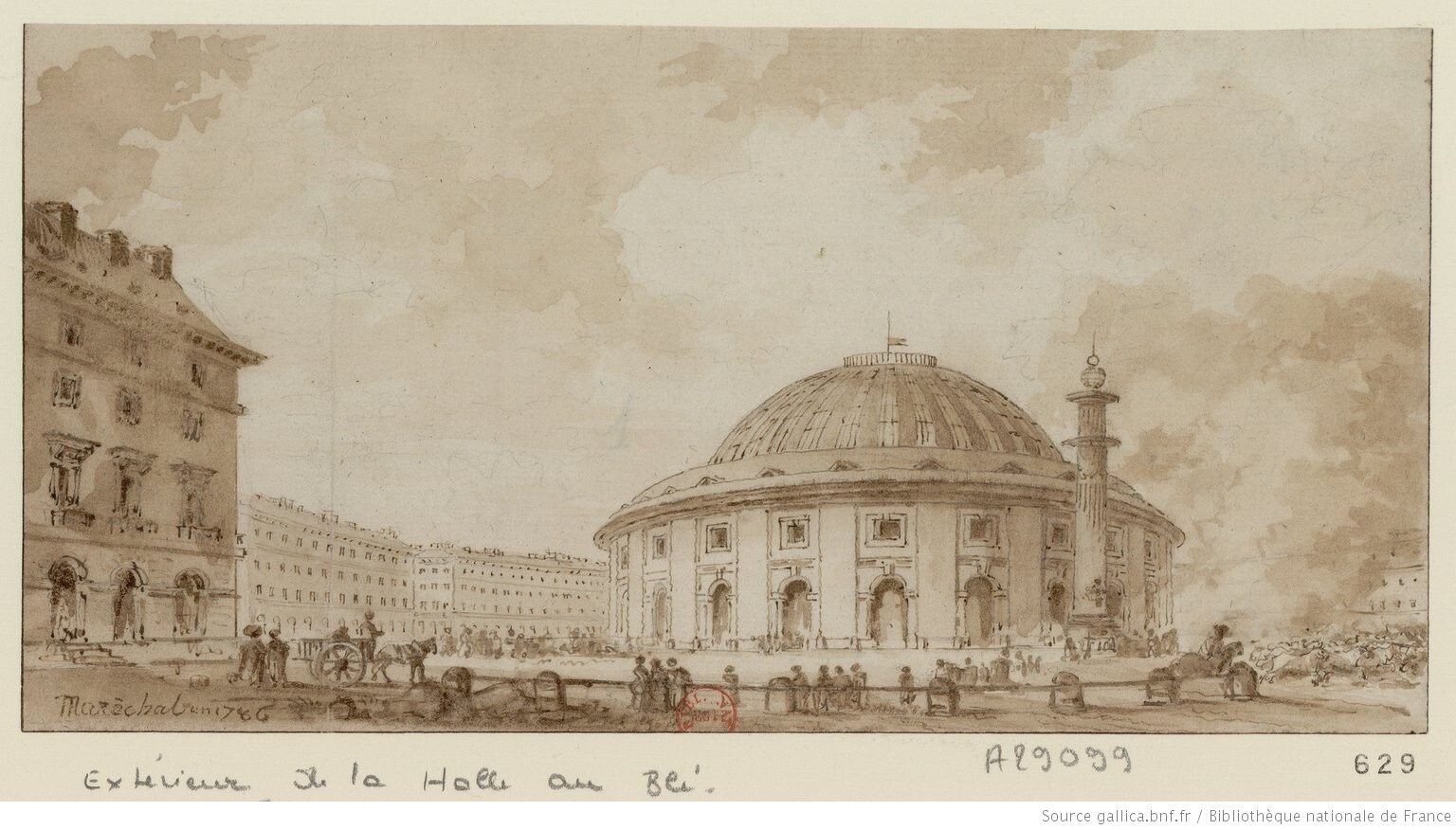 Laden...
Laden...
 Laden...
Laden...
The Bourse de Commerce is a private museum located 500 meters from the Relais des Halles. The building houses the contemporary art collection of the Foundation Pinault, considered one of the most important private collections of contemporary art in the world.
The transformation of the building was carried out by the renowned architect Tadao Ando. This architect, renowned for his ability to sublimate concrete, has succeeded in magnifying the museum’s forum. The renovation was carried out while efficiently managing traffic flows and preserving the building’s historic character. The fusion of tradition and modernity is an approach particularly mastered by the Japanese. Lovers of architecture will be particularly interested in visiting the museum.
Four artists from different generations explore and deconstruct American myths. Their work criticizes the shortcomings of post-war American society, drawing on countercultures seen as both forces of protest and lost illusions. They offer a satirical portrait of America and its myths, addressing the distortion of representations, the normalization of codes and dominant stereotypes. They comment on the conditioning of education, religion and television on our actions, our identity, our consumption and our behavior, current subjects that go beyond their original context.
Bourse de Commerce – Pinault Collection
2 rue de Viarmes – 75001 Paris
Wednesday to Monday, 11 a.m. to 7 p.m.
https://www.pinaultcollection.com/en/

The wheat market – 1786
The fluted column, also known as the Médicis column, was erected in 1574. Today, it is the only remaining vestige of a hotel called the Hôtel de Soisson, built from 1230 onwards. It is assumed that this column was used for observations by Queen Catherine de Médicis‘ astrologer, who drew predictions from it.
In 1720, the Hôtel de Soissons was assigned to the Paris Stock Exchange, where it remained until its demolition in 1748. The present-day Bourse du Commerce was built in 1763 as a wheat market, then refurbished to house the Paris Bourse de Commerce from 1889, and subsequently the Chamber of Commerce